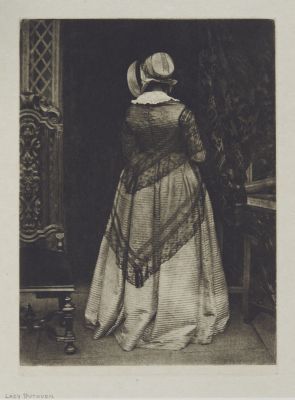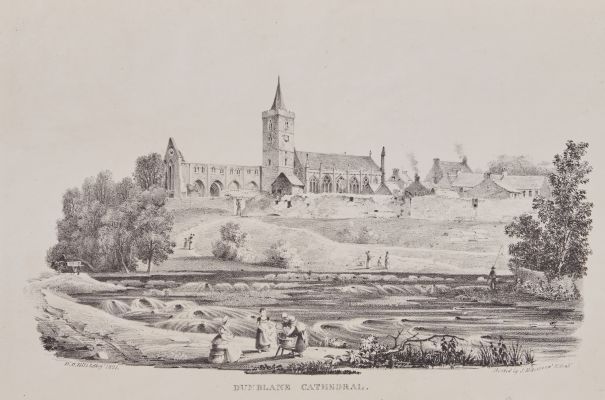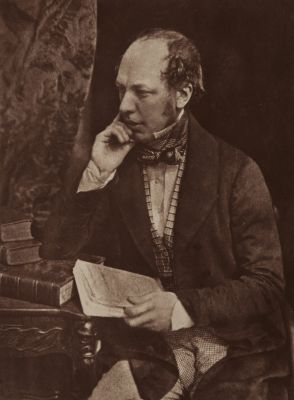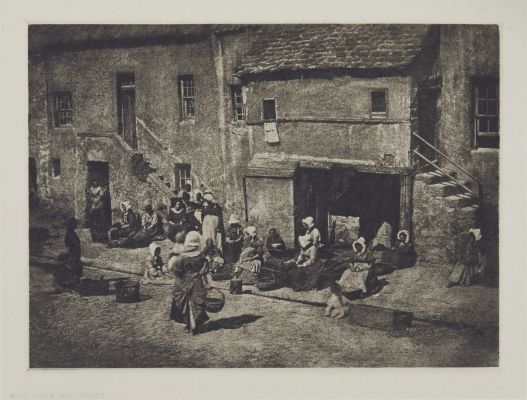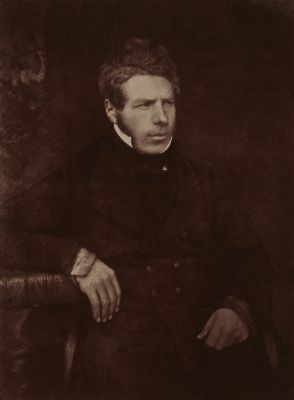
Title
Girl in Straw HatArtists
Hill, David Octavious (Scottish, 1802-1870)Adamson, Robert (Scottish, 1821-1848)Date
1890 plate (1843-1847 negative)Process
PhotogravureAtelier
T. & R. Annan & SonsImage Size
15.8 x 21.5 cm
In 1890 It was impossible to predict the impact that James Craig Annan’s photogravures of Hill and Adamson calotypes would have on the duo’s legacy.
Unfortunately, the details are spotty. We know that around 1880, Andrew Elliot commissioned the Annan family firm (T&R Annan) to make carbon prints from Hill’s paper negative portraits for public sale; and that shortly after in 1883 Thomas and James Craig learned the photogravure process from Karel Klíč. So it makes sense that, upon learning the process, the young Annan questioned if photogravure might be more suitable than carbon prints for the Hill and Adamson negatives.
A highly skilled technician, Annan was fastidious, in part because he was a perfectionist and, perhaps more importantly, because he felt a personal responsibility to Hill, a family friend and supporter of the Annan family’s artistic pursuits.
Ultimately Annan compiled a portfolio of twenty prints. Over the years he lent them to exhibitions in Europe and America: Hamburg in 1893 and 1899; Glasgow in 1901; the Scottish Photographic Federation in Perth in 1904; the ‘291’ Gallery in New York in 1906; the Salon in London in 1909; and Buffalo, New York in 1910. Stieglitz included them in Camera Work in 1905, 1909 and 1912.
In the little scholarship published on this topic James Craig Annan’s photogravures are credited with reviving interest in Hill and Adamson’s work – the first substantial body of self-consciously artistic work using the newly invented medium of photography. An impressive credit for Annan and photogravure.
